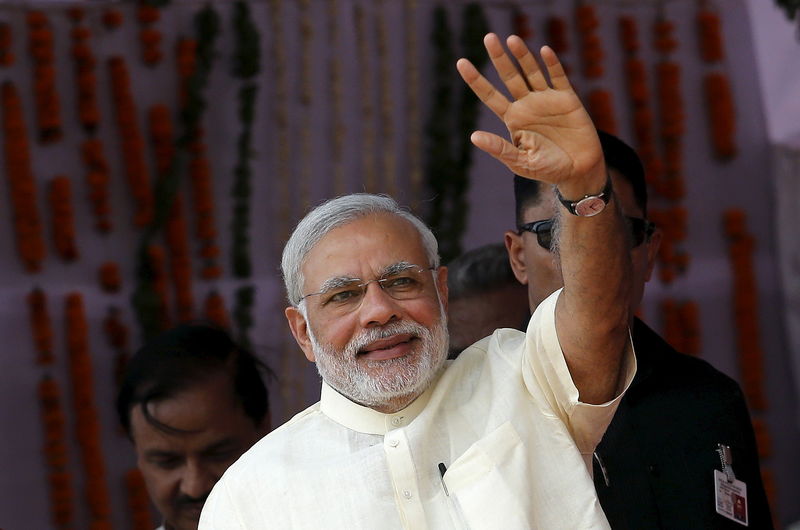Following the recent election results that defied exit poll predictions, Prime Minister Narendra Modi has been sworn in for a third term, supported by the National Democratic Alliance (NDA). Although the Bharatiya Janata Party (BJP) did not secure a majority on its own, winning 240 seats, the NDA coalition amassed 293 seats in total.
Over the past decade, under Modi’s leadership and a BJP majority, the government’s fiscal policies have drastically reduced subsidies from 18.2% to 8.6% of expenditure while boosting capital expenditure (capex) from 14% to 30%, signaling a focus on supply-side economic growth.
Unlock the true value of stocks with InvestingPro by clicking here – your ultimate stock analysis tool! Say goodbye to inaccurate valuations and make informed investment decisions with precise intrinsic value calculations. Get it now at a limited-time discount of 69%, for just INR 526/month.
Despite concerns about a potential return to populism with the new coalition government, a report by Bank of America (NYSE:BAC) (BofA) suggests continued momentum in capex, alongside moderate welfare spending. This outlook is based on insights gathered from senior management of 90 top corporations and 16 policymakers at a recent conference.
BofA identifies five factors supporting sustained capex growth:
1. Pro-reform Policies of NDA: Historically, even under coalition governments, the NDA has implemented significant reforms. During the 1998-2003 period, notable reforms included the National Highway Development Program, the National Telecom Policy, the establishment of the Divestment Department, and the enactment of the Electricity and Fiscal Responsibility and Budget Management Acts.
2. Strong Fiscal Position: A robust fiscal environment allows for both capex and moderate populism to coexist. The fiscal deficit for FY24 was lower than expected (5.6% vs. 5.9%), driven by higher GDP growth (8.2% vs. 7.3%). Additionally, excess dividends from the RBI and CPSEs amounting to $17 billion provide further financial flexibility, ensuring no threat to the FY25 capex budget of Rs 11.1 trillion and fiscal consolidation targets.
3. Revenue Augmentation Strategies: The government can enhance its revenue through widening the tax net, introducing amnesty schemes for unaccounted wealth, increasing asset monetization of infrastructure projects, reviving the PPP model, and opening infrastructure monopolies to private and foreign investments.
4. Leverage for Capex: Government infrastructure agencies have significantly reduced leverage, from 59% in FY20 to 15% currently, due to increased equity funding. This low leverage offers considerable scope to finance further capex.
5. Policy Continuity: In his post-election address, PM Modi emphasized the continuation of policies targeting growth in sunrise sectors, defense indigenization, green industrialization, global value chain integration, improved center-state relations, and job creation.
While BofA predicts an 11% compound annual growth rate (CAGR) in capex over FY24-27, they note a potential repurposing of the capex mix, prioritizing basic infrastructure and rural development projects. Key forthcoming events, such as the NDA’s common minimum program, ministerial portfolio allocations, a 100-day action plan, and the full-year budget in July 2024, will further clarify government policies.
In terms of sector preferences, BofA remains overweight on Financials, Autos, Cement, and Nonferrous Metals, while staying underweight on Power Utilities, IT, Steel, Healthcare, Consumer Discretionary (excluding Autos), and Energy. They hold a market weight position on Telecom, considering the anticipated tariff hikes.
InvestingPro+ stands as a trusted ally for investors seeking invaluable insights into their investment decisions, trusted by thousands globally. Avail the limited-time offer of a 69% discount for a two-year subscription by clicking here and embark on your journey toward financial success.
Read More: Easiest Way to Find Dividend Stocks for Consistent Income
X (formerly, Twitter) - Aayush Khanna
